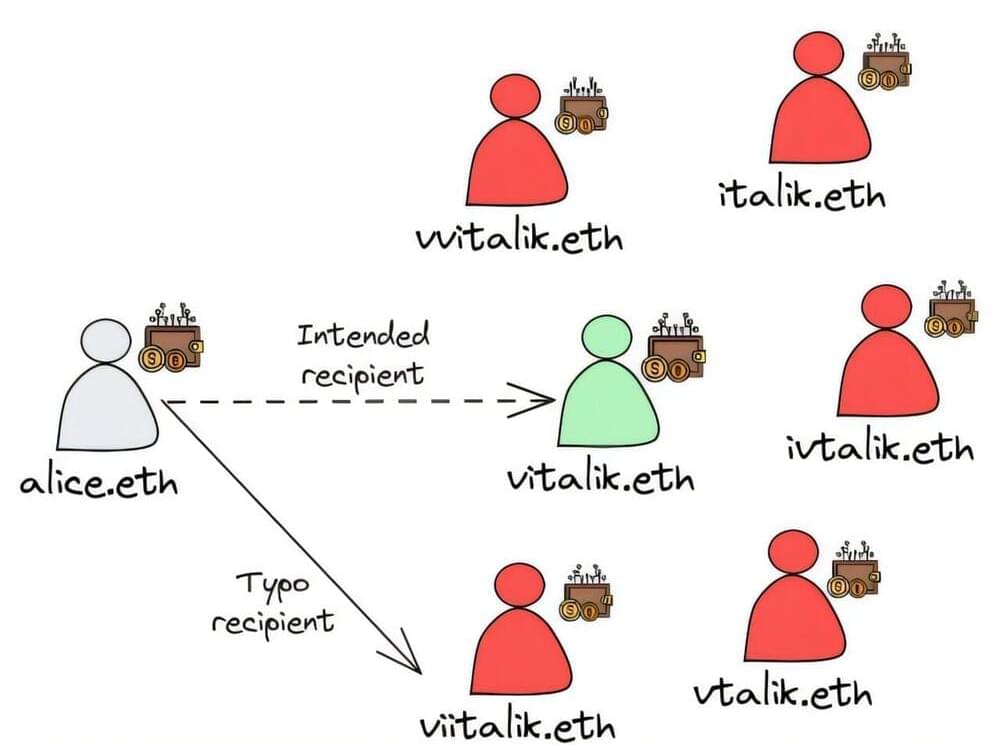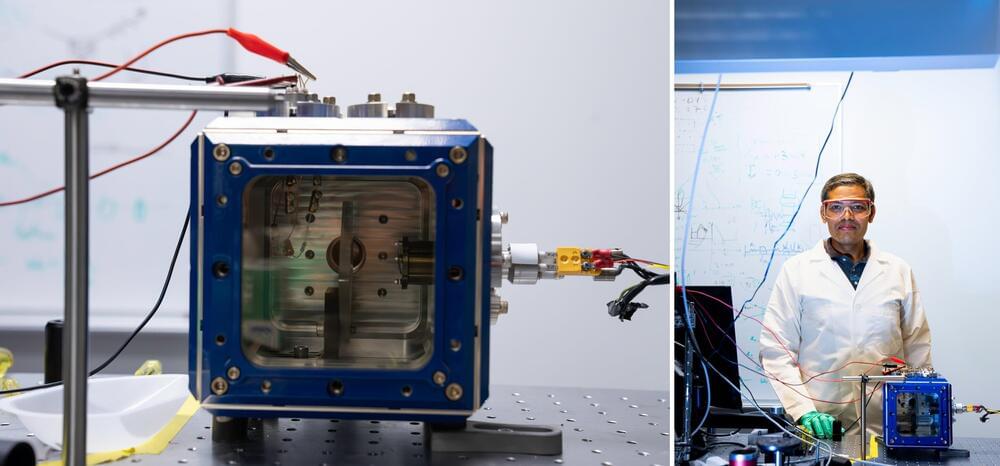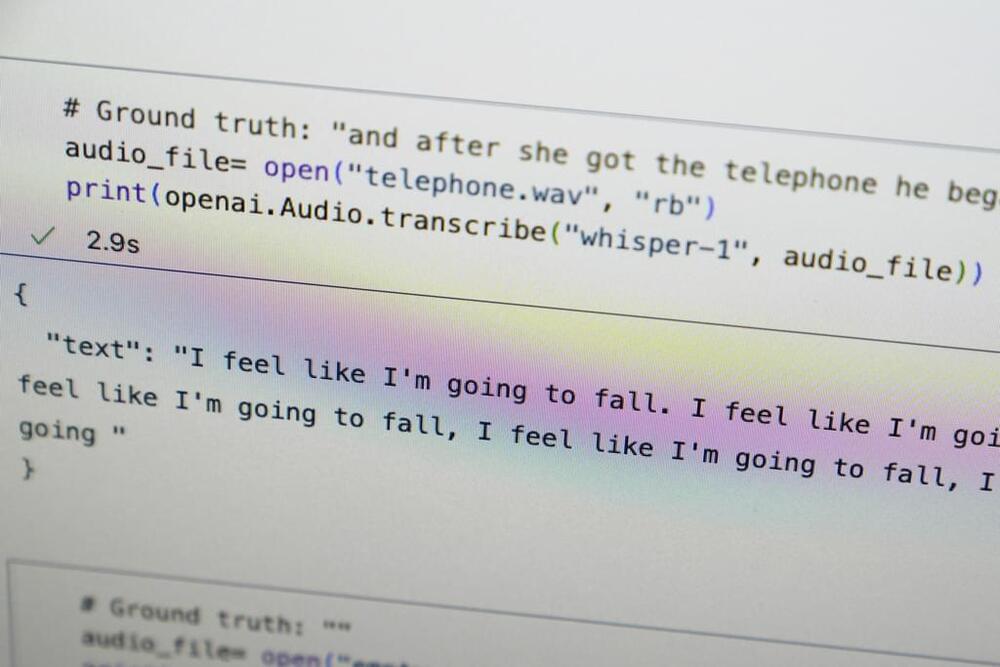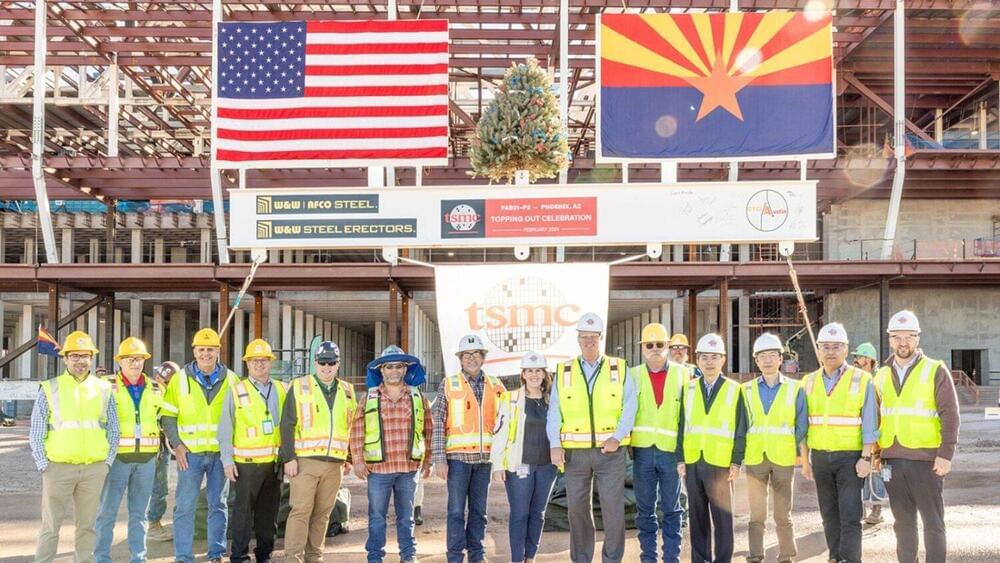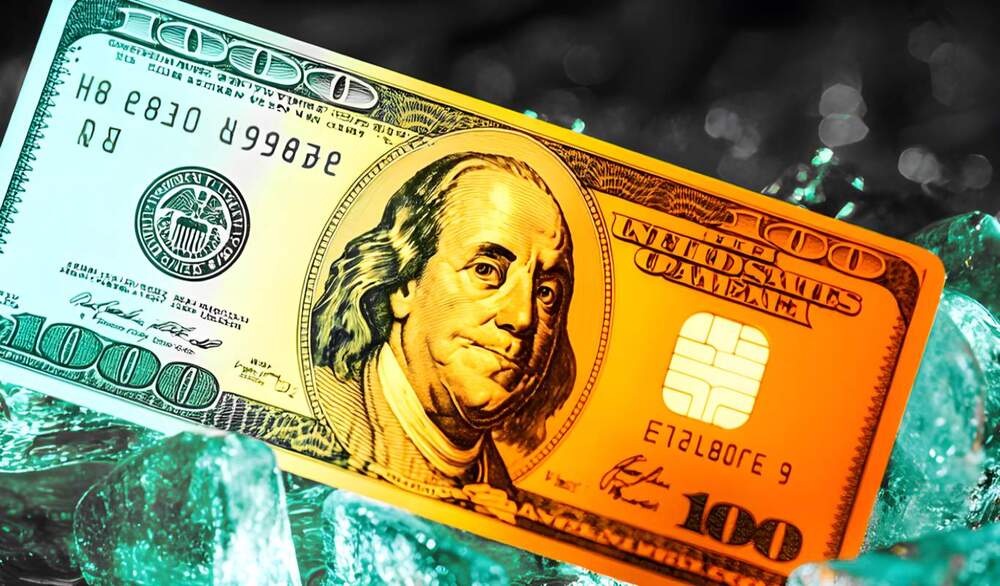A team of cybersecurity researchers at Stony Brook University has uncovered a new way for scammers to steal from unsuspecting cryptocurrency users. They have posted a paper to the arXiv preprint server describing the new crypto scam and how users can protect themselves.
Cryptocurrency is a type of digital currency run on a secure online platform. One example is Coinbase. Crypto currency is stored in a crypto wallet. In this new study, the team in New York reports that scammers have found a way to get people to redirect crypto payments away from intended recipients and toward wallets held by the scammers.
The researchers call the scam typosquatting. It involves setting up Blockchain Naming Systems (BNS) domain names that are similar to those used by well-known entities. It exploits the use of simple word-based addresses rather than the complicated and hard-to-remember letter and digit codes commonly associated with crypto wallets.
